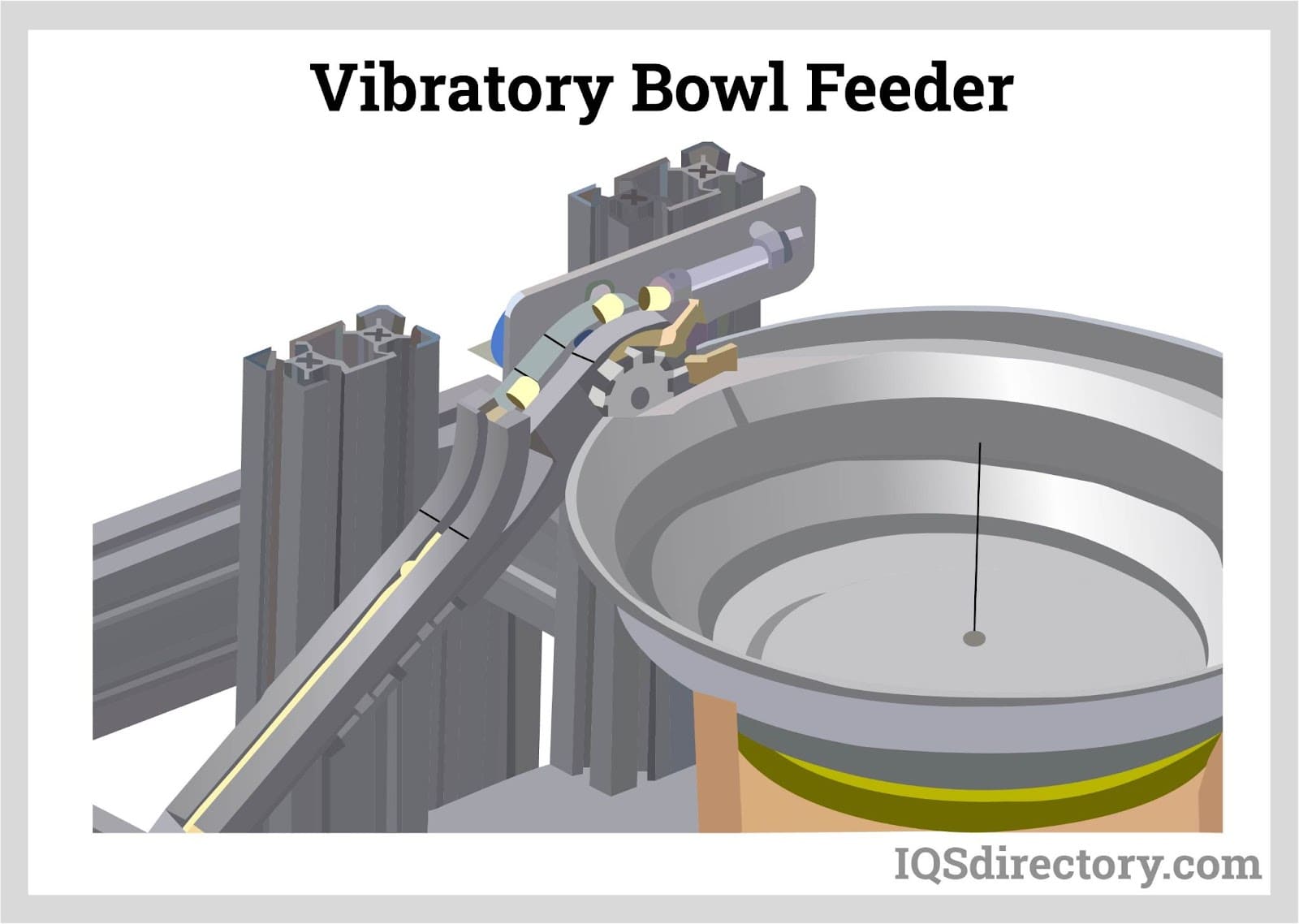Perfection Conveyor A bowl feeder is an essential component in many industrial automation systems. Whether you're feeding parts for assembly, inspection, or packaging, optimizing your bowl feeder manufacturer's performance can significantly improve efficiency and reduce operational costs. Here are some actionable tips to get the most out of your bowl feeder.

1. Ensure Proper Installation
The foundation of a bowl feeder’s performance lies in its installation. Make sure the bowl feeder is mounted on a stable, vibration-free surface. Uneven mounting can cause misalignment, leading to inconsistent part feeding.
2. Choose the Right Bowl Design
Bowl feeders come in various designs to accommodate different parts. Selecting a bowl design that aligns with your part’s size, shape, and material is critical. Customizing the bowl for specific part geometries can prevent jamming and improve feed rates.
3. Fine-Tune the Vibration Settings
Vibratory motion is the driving force behind a bowl feeder. Adjust the amplitude and frequency of vibrations to match the part's weight and size. Over-vibration can cause parts to jump out, while under-vibration can slow down the process.
4. Regular Cleaning and Maintenance
Debris, dust, and oil buildup can hinder the performance of a bowl feeder. Regularly clean the bowl and the track to ensure smooth part movement. Inspect for wear and tear in critical components such as the drive unit, springs, and tracks.
5. Monitor Feed Rates
Observe the feed rate to ensure it meets production requirements. If the feed rate is too low, it may lead to bottlenecks. Conversely, a high feed rate can cause parts to overlap or misalign. Adjust the feeder’s settings for an optimal flow.
6. Use the Right Coating
The internal surface of the bowl feeder should have a suitable coating to prevent part damage and enhance friction. For instance, rubber or polyurethane coatings are ideal for delicate or lightweight parts, ensuring smooth movement and reducing noise levels.
7. Incorporate Sensors for Automation
Integrating sensors into the bowl feeder can improve efficiency by automating part detection and ensuring consistent feeding. Sensors can also stop the feeder when no parts are needed, saving energy and reducing wear.
8. Align Parts Correctly
Proper orientation is crucial for many applications. Add tooling or guide rails to ensure parts are fed in the correct orientation. Misaligned parts can cause jams and reduce operational efficiency.
9. Invest in Quality Bowl Feeders
Opting for a high-quality bowl feeder from a reputable manufacturer ensures reliability and long-term performance. Premium bowl feeders are built with precision and are designed to handle a wide variety of parts.
10. Collaborate with Experts
When in doubt, consult with bowl feeder specialists. They can assess your system, suggest improvements, or even design a custom solution tailored to your needs.
Final Thoughts
Optimizing your bowl feeder not only enhances operational efficiency but also minimizes downtime, reduces maintenance costs, and extends the equipment’s lifespan. By following these tips, you can ensure that your bowl feeder operates at peak performance, contributing to a seamless and productive workflow.
Investing in the right bowl feeder and maintaining it properly is key to staying ahead in today's competitive industrial landscape. Ensure you stay proactive in monitoring its performance and making necessary adjustments to achieve maximum efficiency.
Perfection conveyor is India's leading manufacturer of bowl feeder manufacturers. You can contact them for further information regarding the bowl feeder manufacturers at
